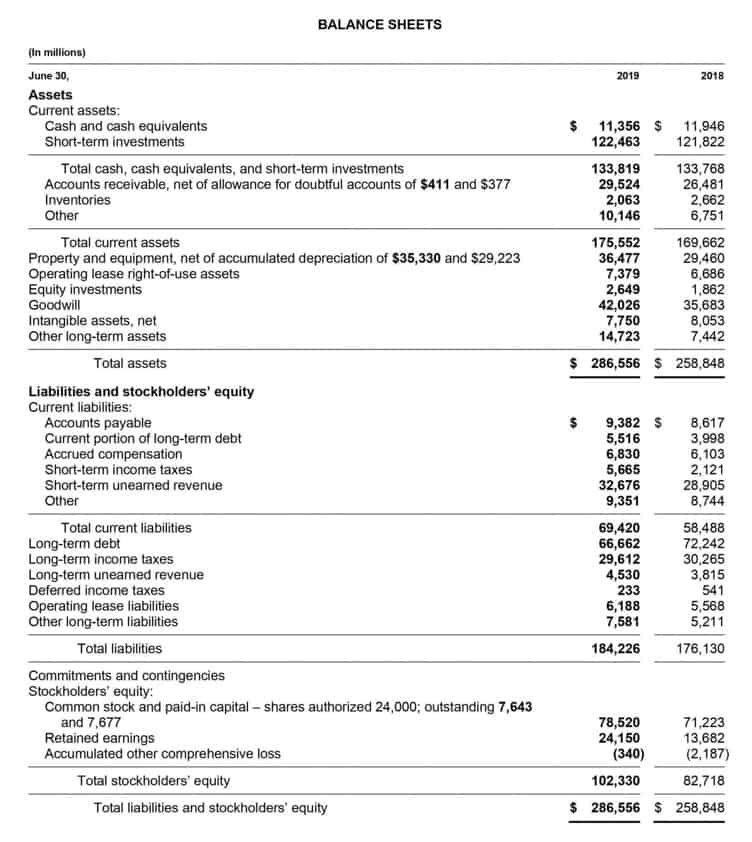How to Present Budget Reports Effectively

Businesses can conduct variance analysis at different levels, such as departmental or divisional levels. Participative budgeting is a roll-up approach where employees work from the bottom up to recommend targets to the executives. The executives may provide some input, but they more or less take the recommendations as given by department managers and other employees (within reason, of course). Operations are treated as autonomous subsidiaries and are given a lot of freedom to set up the budget. On the other hand, if your company is more established and you tend to stay within your budgeted numbers, you might not need to do budget analysis as frequently.
Budget reporting: How to create and present a clear and comprehensive budget report

An unfavorable variance occurs when actual performance falls short of budgeted performance in a way that is detrimental to the company. A favorable variance occurs when actual performance exceeds budgeted performance in a way that benefits the company. Imposed budgeting is a top-down process where executives adhere to a goal that they set for the company. Managers follow the goals and impose budget targets for activities and costs. It can be effective if a company is in a turnaround situation where they need to meet some difficult goals, but there might be very little goal congruence. That’s why the final step of your budget analysis is to make any necessary adjustments based on what you found.
Best Practices For Budget Analysis
- In contrast, in a Fortune 500 company, variances may be tens of thousands of dollars without reaching a level that requires a detailed investigation.
- Below are a few of the most common types of budgets that corporations use to accurately forecast their numbers.
- Static budgets typically act as a guideline, meaning they can be changed or adjusted once the variances have been identified via a flexible budget.
- Flexible or variable budgets help managers plan for both low output and high output to help ready themselves regardless of the outcome.
- You need to decide what actions or adjustments are necessary and feasible to improve your budget performance and to achieve your budget objectives.
Involve relevant stakeholders, including department heads, finance staff, and operational staff, in the analysis and root cause identification process. In contrast, in a Fortune 500 company, variances may be tens of thousands of dollars without reaching a level that requires a detailed investigation. These questions will help you understand why there was a discrepancy between the budgeted and actual amounts.
How to Use Budget Reports for Business Decision-Making
- One benefit is that the budget report is able to show you possible threats that can negatively impact your company or project.
- Join teams at Avis, Nestle and Siemens who are using our software to succeed.
- You also need to define the budget categories that you will use to group and classify your income and expenses, such as revenue, cost of goods sold, operating expenses, capital expenditures, etc.
- It allows you to check if you’re over, under, or within your budget and make any adjustments to stay on track.
- Accounting SaaS tools can help you streamline your expense management tools.
- From an investor's point of view, a budget report provides transparency and insight into the financial health of a company.
Check out our article comparing Xero vs. Sage vs. Quickbooks to see which accounting tool fits better for your company. Basically, you need to take a look at both figures to determine whether there was an underspend or overspend.
Highlight the variances and trends

Your recommendations should be clear and concise, and should motivate your reader to take action. This is where you summarize the main findings of your analysis, and emphasize the positive and negative aspects of your performance. You will also need to provide some recommendations or actions to improve your results, or to address any issues or risks that you have identified.
Step 2: Identify Variances

Again, having access to powerful analysis and automation tools will prove invaluable. Forecasts are another weapon in the arsenal, providing a look at the future rather than harvesting insights from the past but still relying explain why different budget report formats are useful. on those insights for maximum utility. Patent landscaping is a comprehensive analysis that provides an overview of the patents that are... Customer segmentation is the cornerstone of a targeted marketing strategy.

- So in this step of the budget analysis process, you need to check your actuals against your forecast.
- As a result, your budget needs to be analyzed and adjusted more frequently.
- Finally, you will need to add a title page, a table of contents, an executive summary, and any appendices or references to your report, and save it in a suitable format and location.
- A flexible budget is a budget containing figures based on actual output.
- Budget analysis helps you to identify the strengths and weaknesses of your budget, as well as the opportunities and threats that may affect your financial performance.


Leave a comment